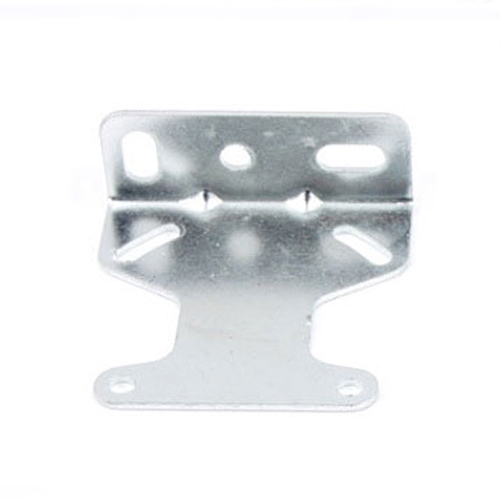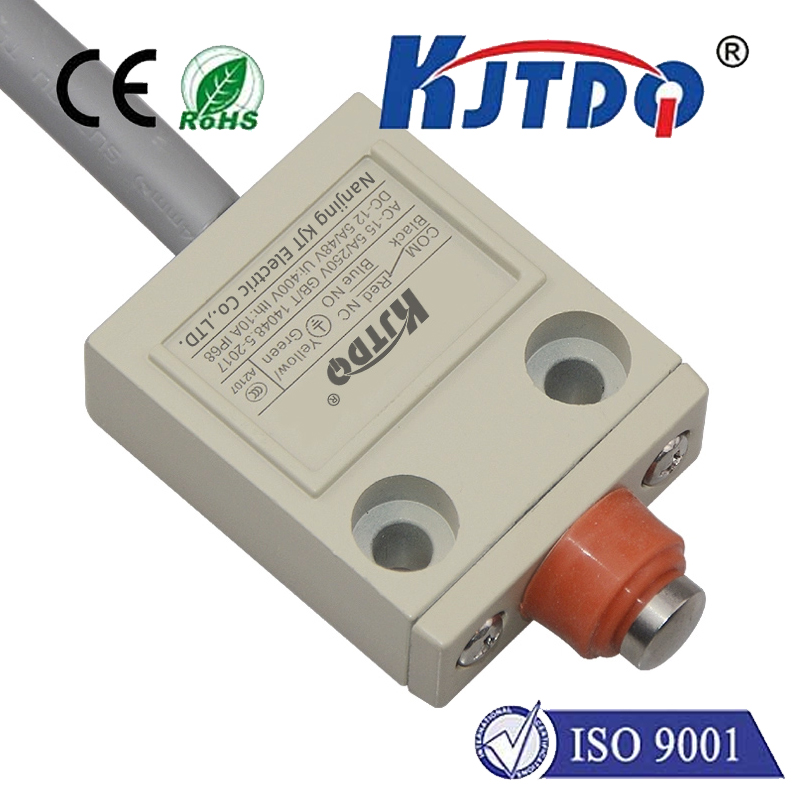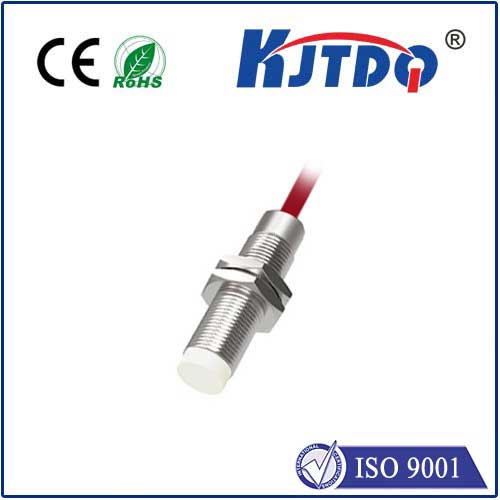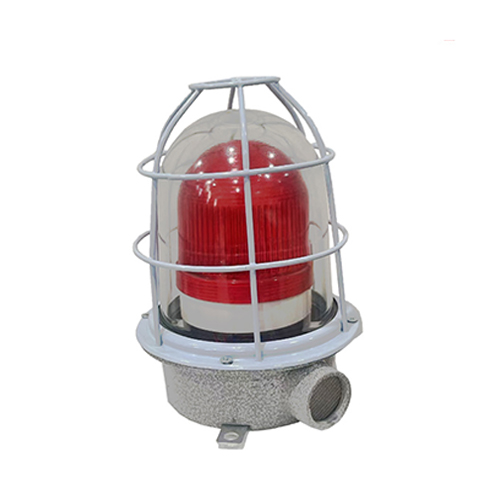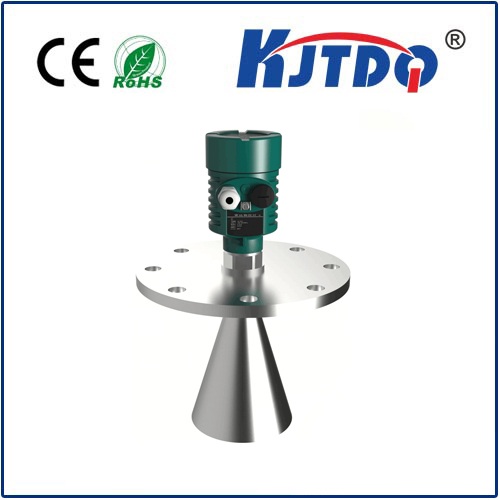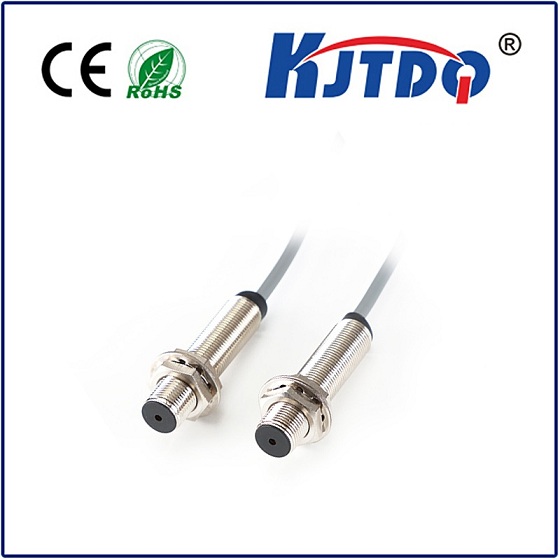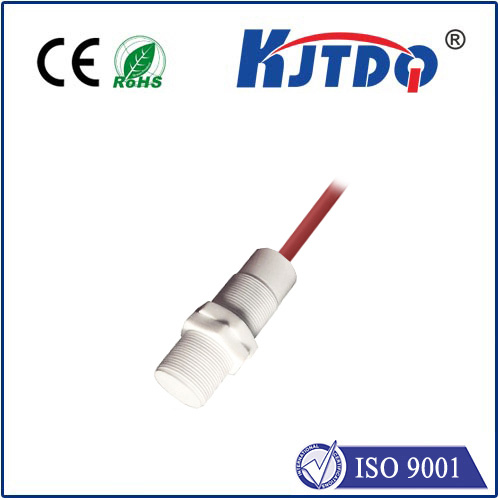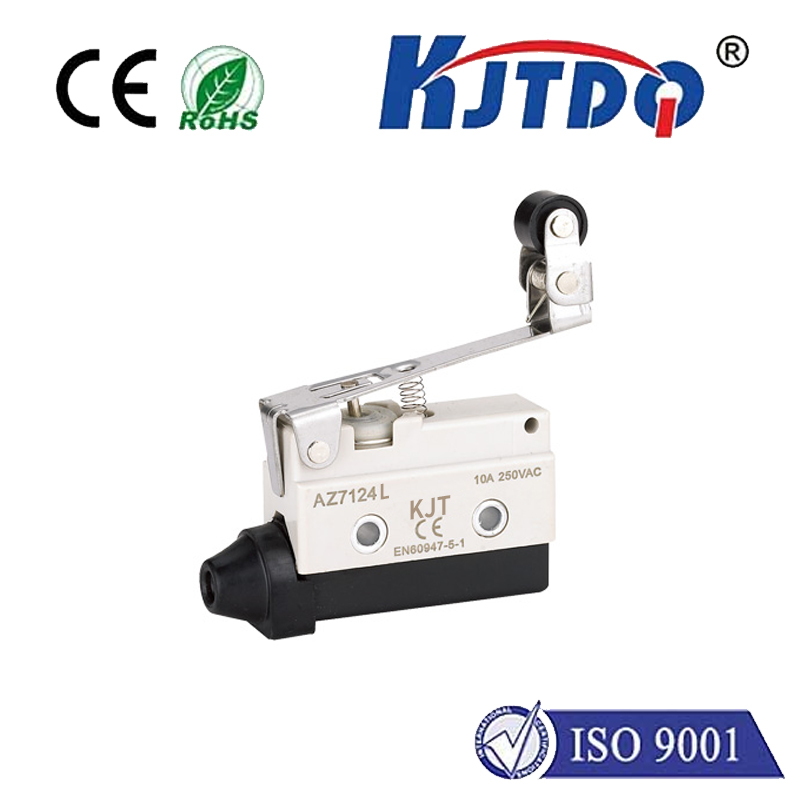

check

check

check

check

check

check

check

check

check

check
The Importance of a Sliding Door Limit Switch in Modern Industrial Applications
In the world of automation and industrial machinery, the sliding door limit switch plays a crucial role in ensuring efficient and safe operations. This innovative component is designed to detect the position of sliding doors or panels, triggering actions that can either initiate a process or stop it from occurring. As businesses continue to embrace automation technology, understanding the significance of a sliding door limit switch is essential for maintaining productivity and minimizing risks.
The sliding door limit switch operates on a simple yet effective principle. It consists of a switch mechanism that activates when the sliding door reaches its fully open or closed position. This activation triggers an electrical signal that communicates with control systems, allowing machines to perform specific tasks based on the door's position. For instance, a sliding door on a loading dock might use a limit switch to alert the system that it is secure and ready for a conveyor belt to begin operation.
One of the primary benefits of using a sliding door limit switch is enhanced safety. By monitoring the position of sliding doors, these switches can prevent accidental injuries or damage caused by misaligned doors. They provide an additional layer of security by ensuring that doors remain in their proper positions during operation, reducing the risk of accidents involving personnel or equipment.
Another advantage of utilizing a sliding door limit switch is improved efficiency. Automated systems rely on precise timing and synchronization to function optimally. By accurately detecting when a door is open or closed, limit switches allow processes to start or stop exactly as planned, leading to faster cycle times and increased productivity. This reliability also helps reduce downtime by minimizing the chance of errors due to improperly aligned doors.
In addition to safety and efficiency, the sliding door limit switch offers ease of maintenance and troubleshooting. If an issue arises within an automated system, having clear indications of whether sliding doors are functioning correctly helps technicians identify problems quickly. The ability to pinpoint issues related to door positioning means less time spent on diagnostics and more time dedicated to resolving the root cause of any malfunctions.
As industries continue to evolve towards smarter and more connected environments, the sliding door limit switch serves as a vital link between physical components and digital control systems. Its integration into advanced manufacturing processes enables better data collection, providing valuable insights for optimization efforts aimed at increasing overall plant performance.
In conclusion, the sliding door limit switch may seem like a small component within vast industrial machinery setups, but its impact on safety, efficiency, and maintenance cannot be overstated. As we move forward into an era where automation becomes even more pervasive, understanding how devices like the sliding door limit switch contribute to operational excellence will be critical for success across various industries
